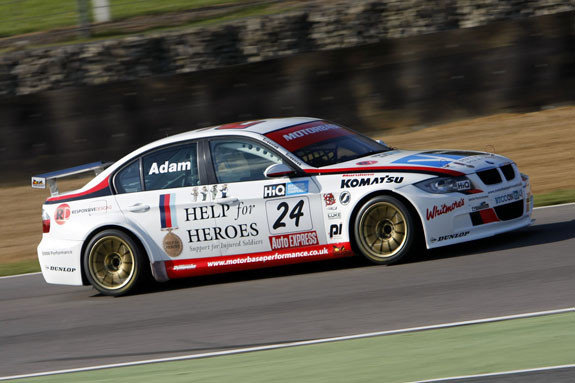
Wouldn't it be nice if "Enterprises" offered a "trade-in" program? If they really want to sell people on the SADEV, that could offer more incentive than "full retail". I would expect a good Gen3 transmission is still worth $4-5k, so I expect the "early adopters" may benefit from selling these to others in the current classes (Gen2 & Gen3).
#Sequential manual transmission cost upgrade
Unfortunately, the Gen3 upgrade really demonstrated the weaknesses in the driveline (got a box of broken clutch discs, broken gear sets, and clutch "upgrades" (still need to "invest" in the latest version based on my clutch slip at the last event.)) It will be interesting to see if the new transmission resolves or exacerbates these driveline weaknesses. How is that going to be the case? It would appear to me that if the cars are no faster (either by adding weight or ECU tuning) after people pay 12k for a transmission they won't be happy but if people don't spend the 12k and it turns out that the transmission is a performance enhancement those people won't be happy.

In reading earlier posts it was initially thought this would be the Gen 4 upgrade but now it is being billed as a reliability upgrade not a performance upgrade. It just doesn't seem like this was very well thought out. Does that mean the class will be split down the middle? If so, that doesn't sound so good for the class. This thread is very interesting as it seems that people are split right down the middle. If we have to pay for it up front then we should in my opinion be charged accordingly. The other thing to note, is based on the initial cost of the boxes SCCA e is making about $2500 using my money and funding none of this project. This also does not include the ECU and throttle body upgrade so currently no auto plip downshift. As I understand it you give a $1000 deposit to get on the list then you need to pay 5k by April then the remaining $6500 45 days prior to the transmission shipping. It also seems to be a kick in the face that you have to pay for it up front. Spending 30+k for a car then immediately having to spend 12k put it out or reach.
#Sequential manual transmission cost full
The full video goes into much more detail, so if you've got a few minutes to kill, it's certainly worth a watch.Well I just recently bought my SRF but it looks like I will be selling it and heading back to Spec Miata. That's why you don't see many sequential gearboxes used in street cars.

The downside is that it's a lot less smooth, extremely loud, and requires the transmission to be rebuilt after just a few thousand miles. It also uses dog teeth connectors instead of synchronizers to get from one gear to another, forcing the gears together instead of smoothly transitioning from one to another. Unlike a dual-clutch, which uses helical-style gears, a sequential has straight-cut gears, meaning less power loss traveling through the transmission into the axles. Paired with a lighter flywheel, that means less rotating mass for the engine to spin. The sequential also has fewer gear shafts to spin-just two versus three for the dual-clutch. Including the flywheel and clutch, the sequential weighs nearly 100 pounds less than the DSG, which is a huge amount for a race car. Nate Vincent of FCP Euro put together a great video comparing his GTI TCR race car's old DSG dual-clutch transmission to a new sequential transmission that his team will use for the 2019 season. But when it comes to actual racing, they're still not the gearbox of choice. They provide the best of both worlds, providing smooth automatic operation in normal driving, and lightning-fast gear changes while going flat-out. They're used in everything from hot hatches to the latest, greatest hypercars.

In the past decade, dual-clutch transmissions have come to dominate the performance car market.


 0 kommentar(er)
0 kommentar(er)
